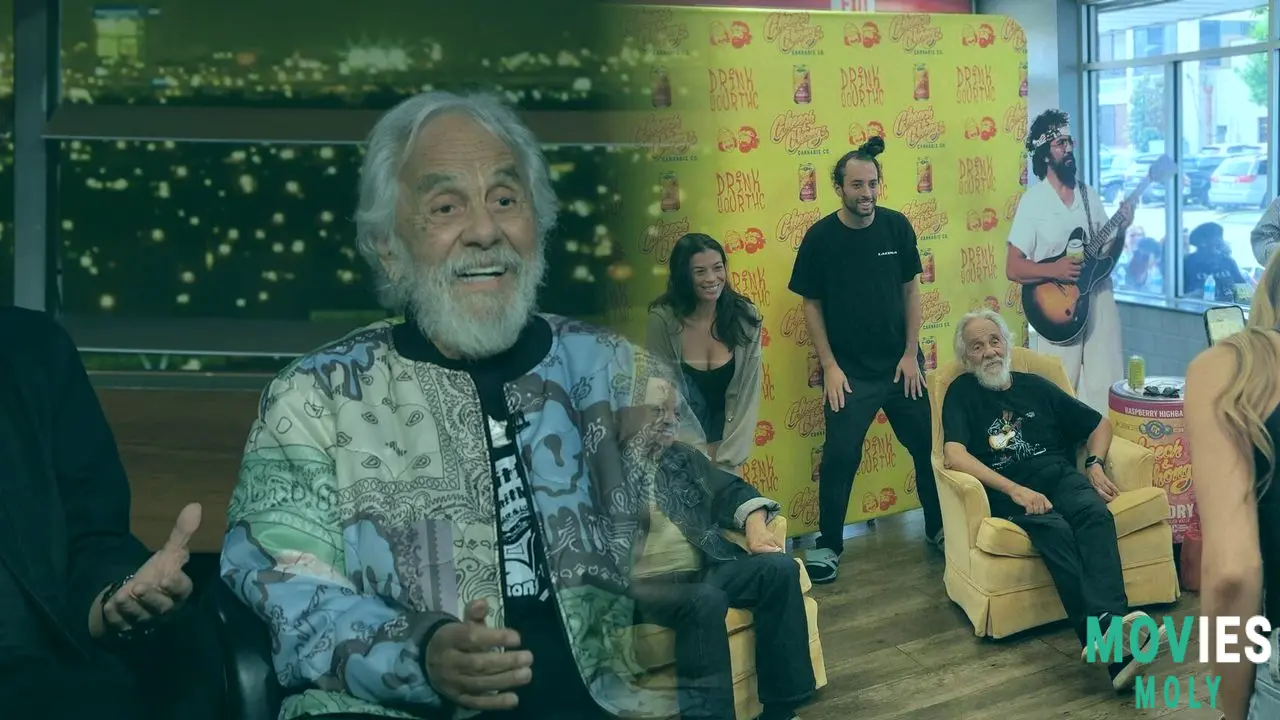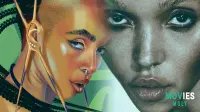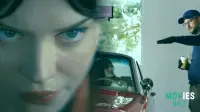Cheech Marin isn’t just a name synonymous with red-stached, high-talking stoner comedy — he’s a living monument to creative reinvention, cultural resonance, and the kind of enduring partnership that only real chemistry can forge. Now, as he cruises through the desert one last time with Tommy Chong in Cheech & Chong’s Last Movie, Marin isn’t just looking back. He’s showing us how to age with humor, grace, and a little bit of mischief.
More Than Just a Stoner — How Cheech Marin Transcended a Genre To Become an ArtistWhen we think of Cheech Marin, our brains instinctively default to the haze of 1970s smoke-filled vans and the eternal quest for “The Joint.” But to reduce Marin to just a stoner archetype is to overlook the layers beneath the laurel wreath of weed comedy he helped popularize. Before Up in Smoke rolled its way into theaters in 1978, Marin and Chong were already forging a brand-new comedic language — one that spoke to the youth, the marginalized, and the downright bored.
What’s wild, though, is how Marin managed to break free from that persona. While Chong remained closely tied to the duo’s image (and the paraphernalia business that eventually landed him in prison), Cheech carved out a solo path that few could have predicted. With films like Born in East L.A. — which he not only starred in but also directed — Marin proved he wasn’t just funny. He was filmmaker, actor, and storyteller all in one.
The Documentary That Doesn’t Just Look Back — Cheech & Chong’s Last Movie Is a Reflection on Time, Friendship, and Legacy
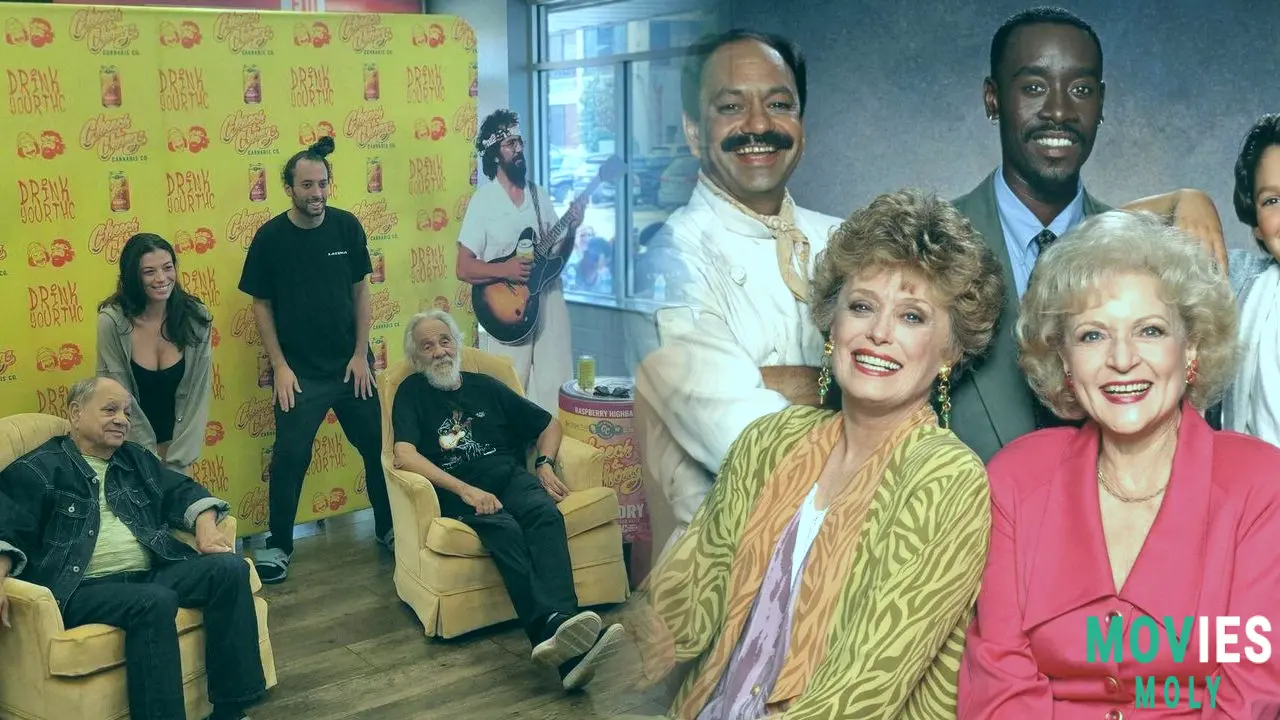
Directed by David L. Bushell, Cheech & Chong’s Last Movie isn’t your typical nostalgia cash grab. Premiering at SXSW and hitting theaters with the momentum of a legacy reclaimed, the documentary has the two legends wandering through the desert once more — not in pursuit of a laugh, but of a memory. A place called The Joint.
What sets this film apart is how it captures the dynamic between Marin and Chong in their twilight years. It’s raw, it’s real, and sometimes it’s just two old guys poking fun at each other like they’ve done for over 50 years. But underneath the banter is a bond that survived decades of silence, creative clashes, and life’s inevitable detours.
“We sometimes bicker like an old married couple,” Marin admits. And that’s the beauty of it. Their relationship, as shown in the film, is more authentic — and more enduring — than most partnerships in Hollywood, or anywhere else for that matter.
Cheech Marin’s Origin Story Is As Gritty and Genuine As His Comedy Was Playful
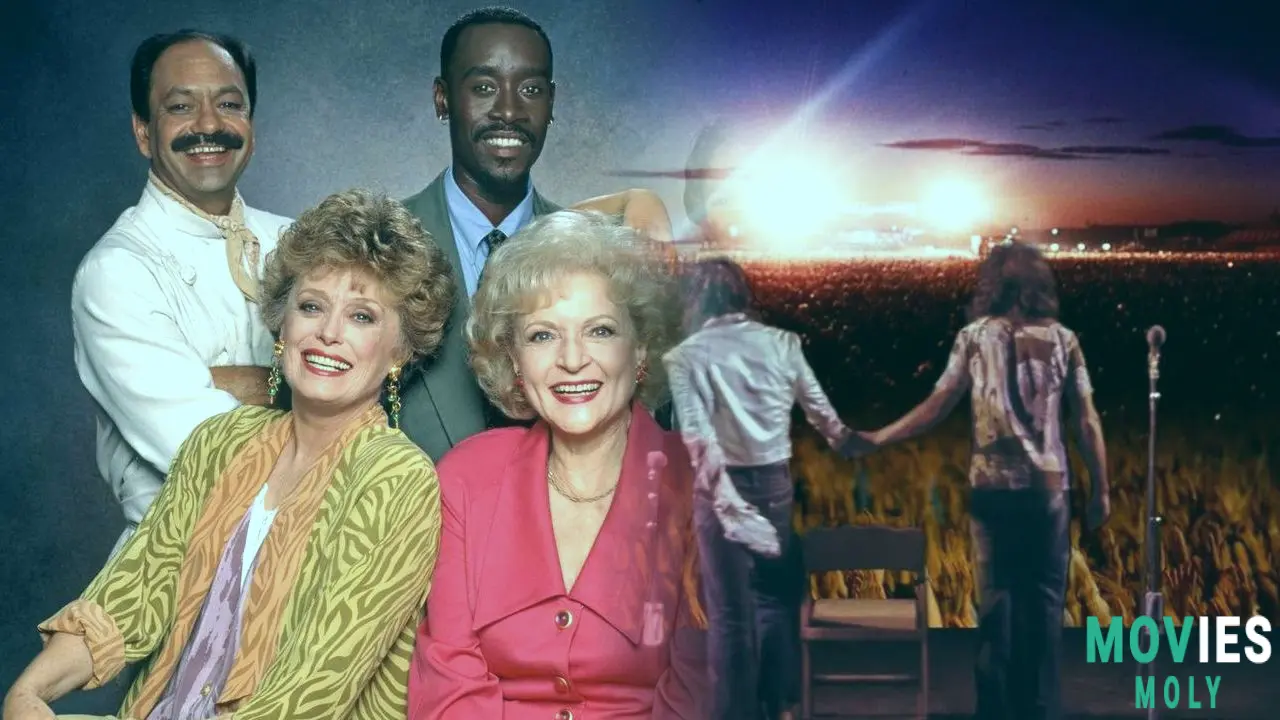
Born in Watts, the son of an LAPD officer, Marin’s early life couldn’t have been more different from the counterculture image he later embodied. His escape into comedy — and eventually into the role of cultural commentator — was as much about finding his voice as it was about challenging the world’s stereotypes of Mexican-American men.
His meeting with Chong, who came from a Chinese-Scotch-Irish background and was himself evading the draft by moving to Canada, was nothing short of serendipitous. As Marin recalls, their first encounter was like two improvisational souls crashing into each other. They filled the same cultural voids, shared the same humor, and created a brand that would outlast most of their contemporaries.
The Hidden Layers Behind the Laughs — When Cheech Marin Wanted to Be More Than a Punchline
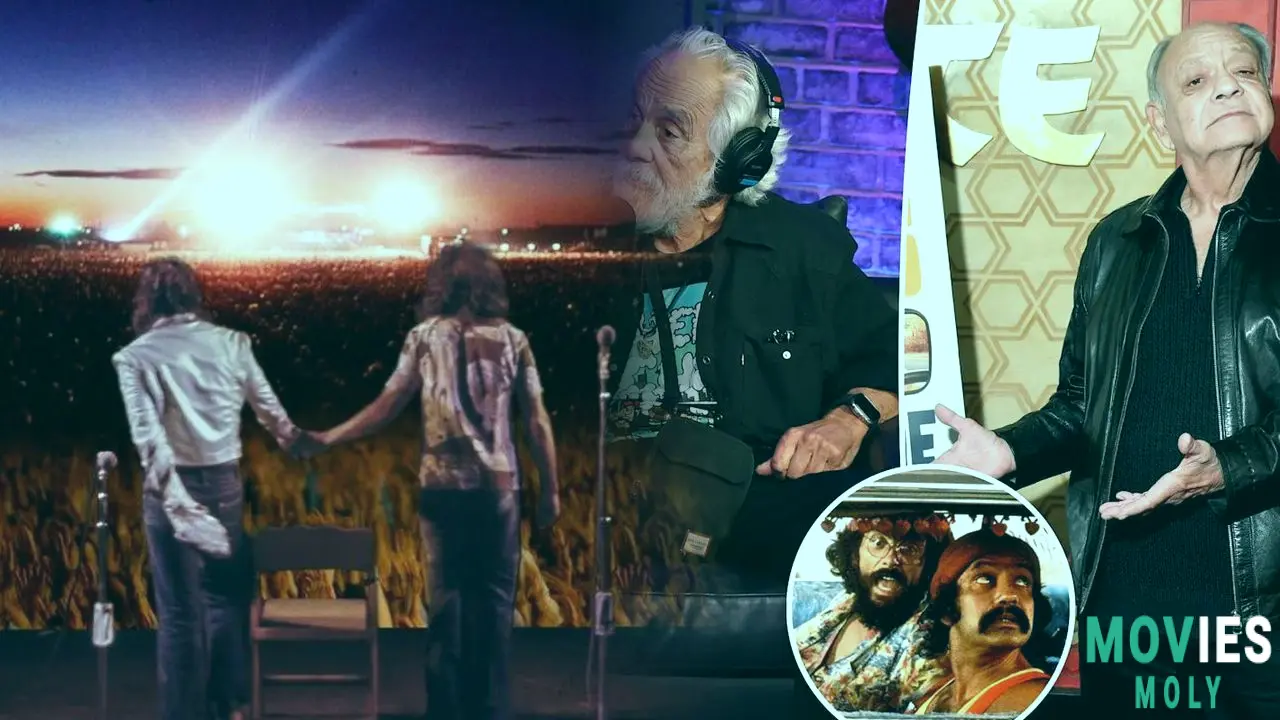
One of the most striking anecdotes from the documentary — and from the many interviews surrounding it — is Marin’s attempt to recruit Terrence Malick to direct one of their films. Malick, the poetic auteur behind Badlands and Days of Heaven, was chewed up and spat out in a single phone call. “Did you write it?” he asked. “Yes,” Cheech replied. “Well then, you direct it,” was the reply.
And just like that, Marin understood. He wasn’t just a comedian. He was a creator. This moment perfectly encapsulates Cheech’s journey: always pushing, always wanting to elevate the material, even when the world just wanted him to be funny.
They Should Be in the Rock & Roll Hall of Fame — And That’s Just the Beginning of Cheech’s Bold Claims
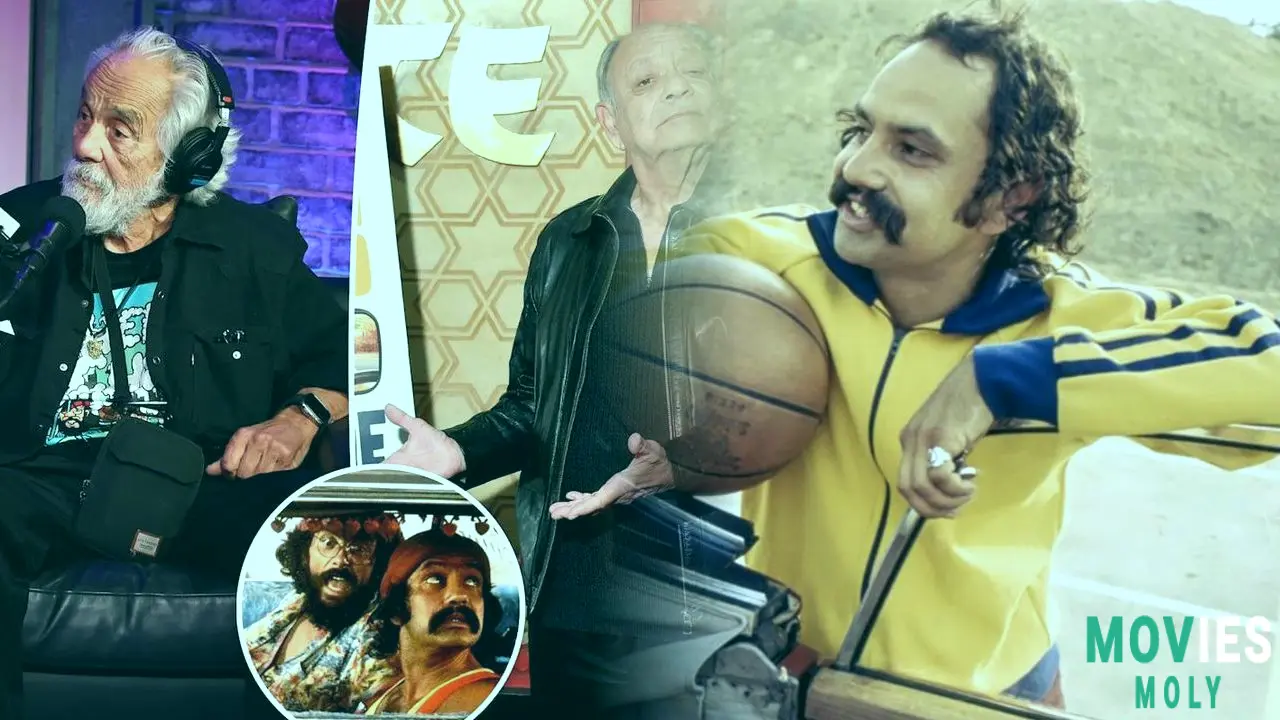
“Put this in your article: We should be in the Rock & Roll Hall of Fame,” Cheech insists with that trademark mix of seriousness and smirk. And honestly, he’s right. The cultural impact of Cheech & Chong isn’t measured in record sales or box office numbers — though they have plenty of both — but in the way they shaped a generation’s tongue-in-cheek rebellion. They gave a voice to the voiceless, a laugh to the anxious, and a stereotype a run for its money.
More than that, they influenced artists across mediums. Marin’s own journey into Latino representation in Hollywood paved the way for countless others. His art collection — focused on Chicano artists — is another layer of his mission to uplift and celebrate a culture he’s long been a part of, both inside and outside the smoke cloud.
Cheech Marin Isn’t Saying Goodbye — He’s Just Getting Started in a Different Way
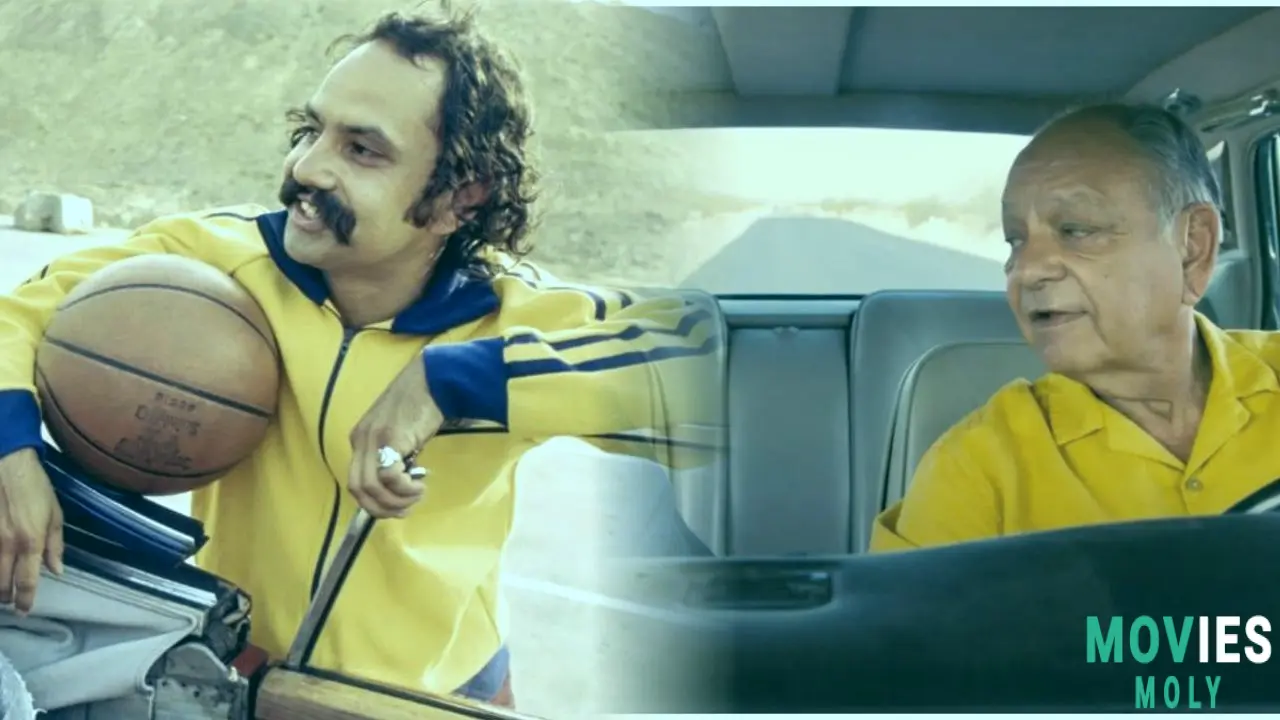
“This last movie was unlikely,” Cheech says. But that’s the thing about Marin — he thrives on the unlikely. Whether it’s a documentary that blurs the line between fiction and memory, a career that jumps from stoner comedy to cultural ambassador, or a partnership that outlasts marriage and youth, Cheech Marin remains unapologetically himself.
And as he puts it, when people think of Cheech and Chong, he wants them to smile. That might just be the most powerful legacy a man in show business can ask for.

